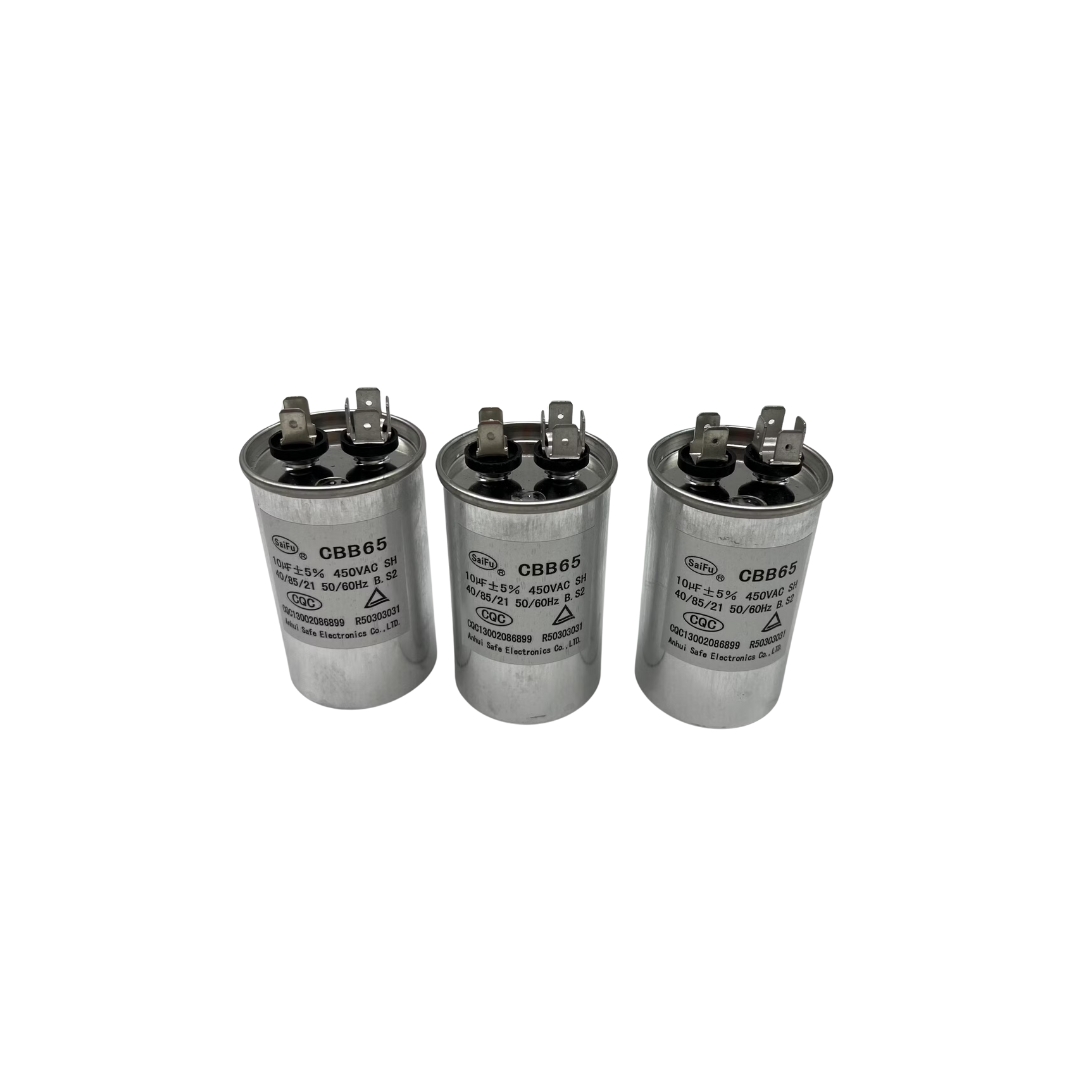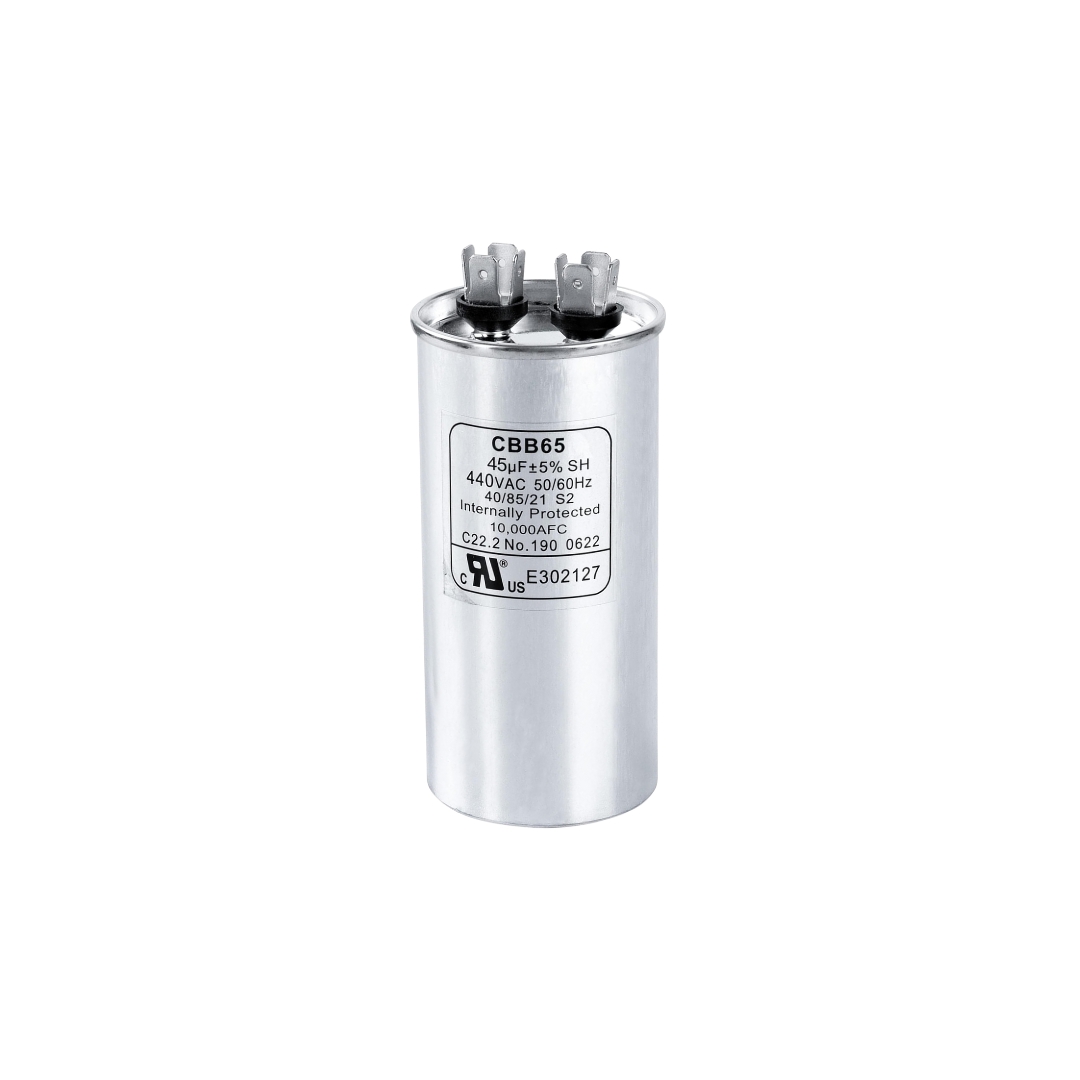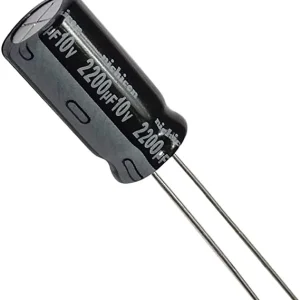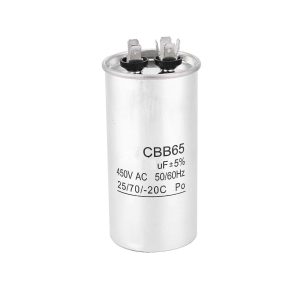Description
The Aluminum Electrolytic Capacitor is a polarized component, characterized by its asymmetrical construction. It necessitates operation with a higher voltage (i.e., more positive) on the anode than on the cathode at all times. To indicate this polarity requirement, the anode terminal is designated with a plus sign, while the cathode is marked with a minus sign.
| Material | Aluminium |
| Usage/ Application | Audio |
| Mounting | through hole |
Usage Instructions for Aluminum Capacitors
1. Safety Precautions
-
-
- Discharge the Capacitor: Before handling, ensure the capacitor is fully discharged to avoid electric shock. Use a resistor or insulated screwdriver to short the terminals.
- Check Polarity: Aluminum electrolytic capacitors are polarized. Always connect the positive (+) terminal to the higher voltage side and the negative (-) terminal to the lower voltage side.
- Avoid Overvoltage: Do not exceed the rated voltage of the capacitor, as this can cause failure or explosion.
- Temperature Limits: Operate within the specified temperature range to prevent damage.
-
2. Selecting the Right Capacitor
-
-
- Match Capacitance: Choose a capacitor with the exact capacitance value required for your application (e.g., 5µF, 10µF, 30+5µF, etc.).
- Voltage Rating: Ensure the capacitor’s voltage rating is higher than the maximum voltage in the circuit.
- Dual Capacitors (e.g., 30+5µF): These are used in applications requiring two capacitance values, such as HVAC systems. Connect each section to its respective circuit.
-







Reviews
There are no reviews yet.